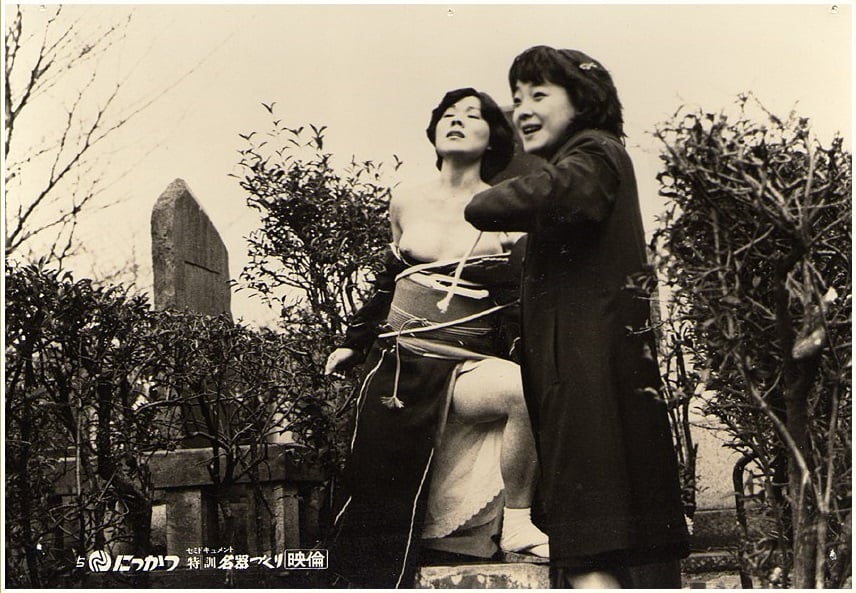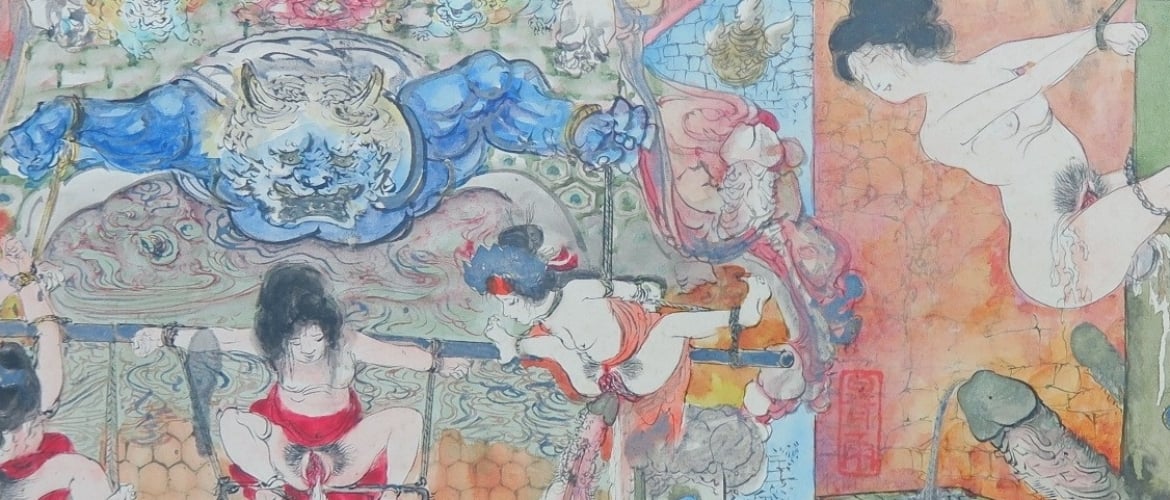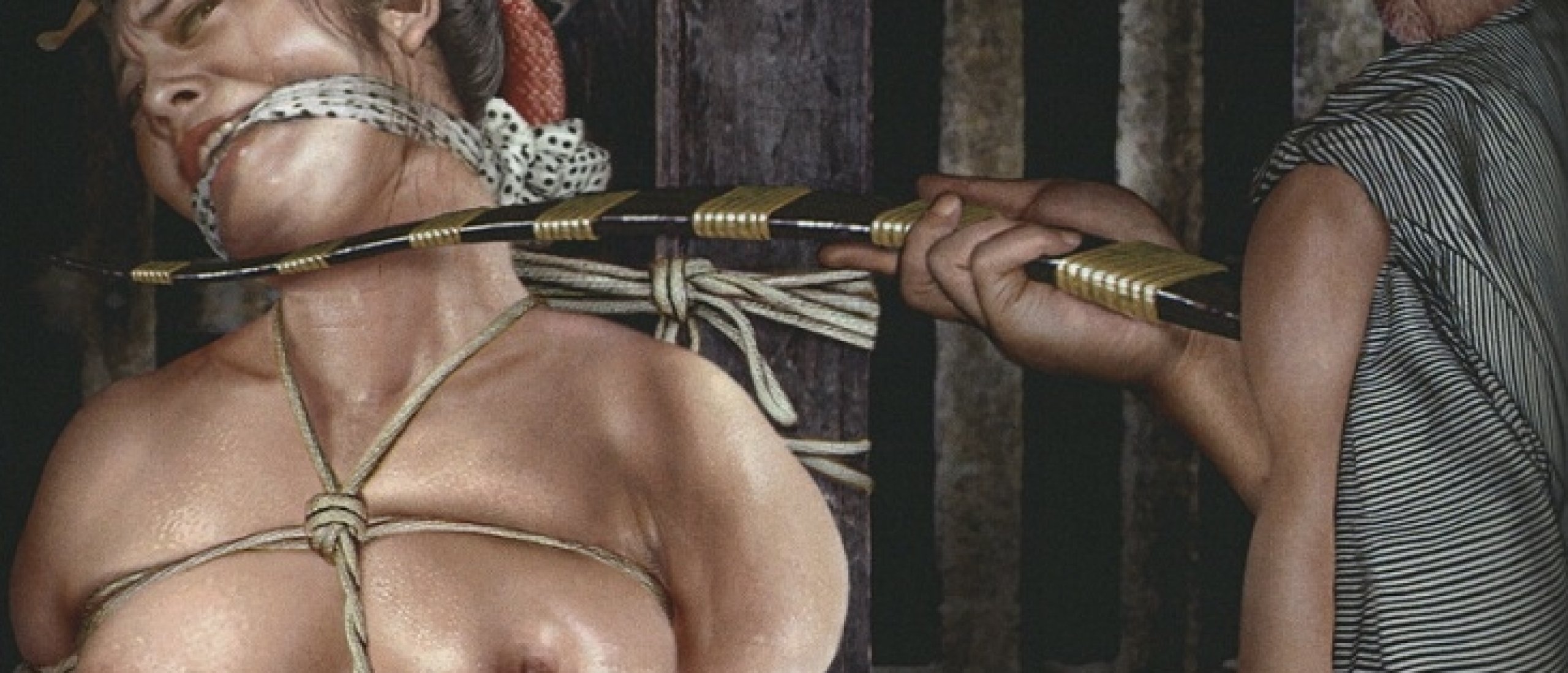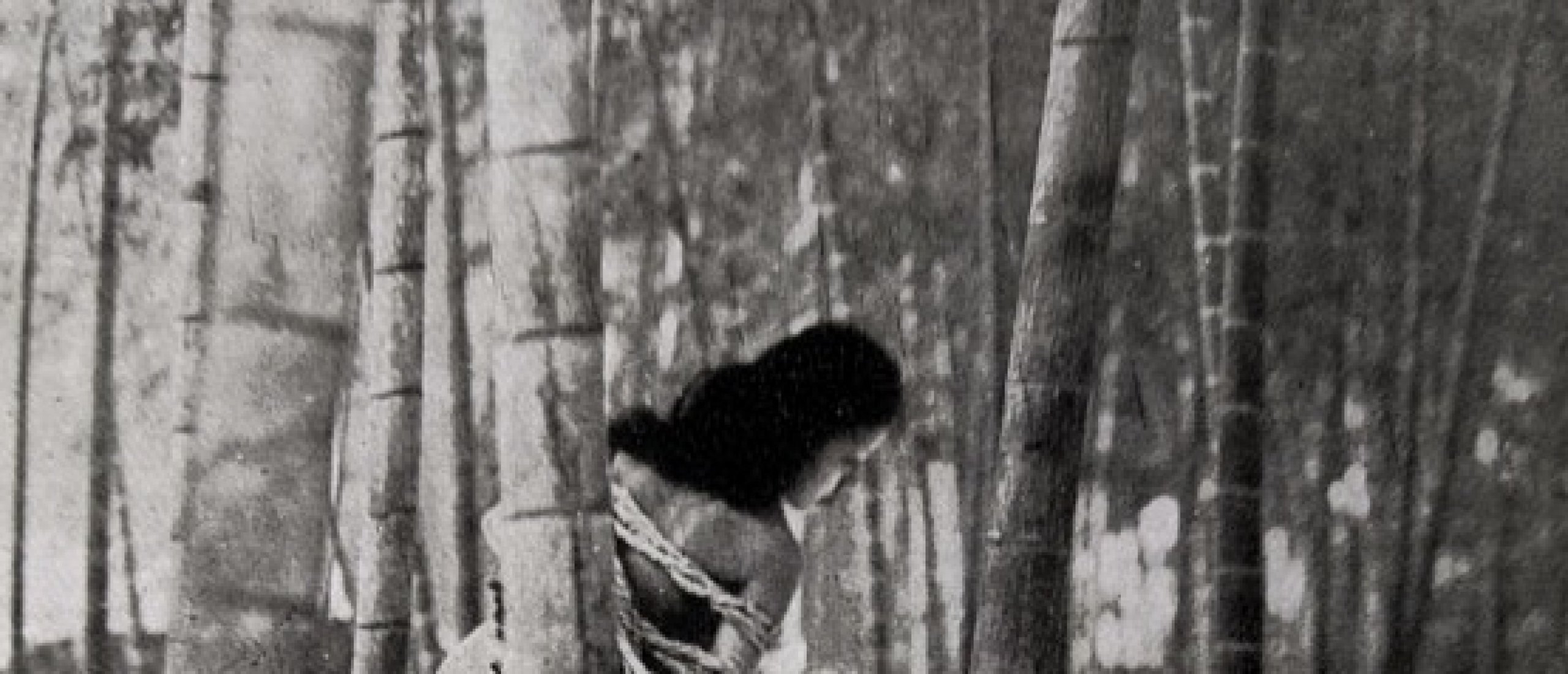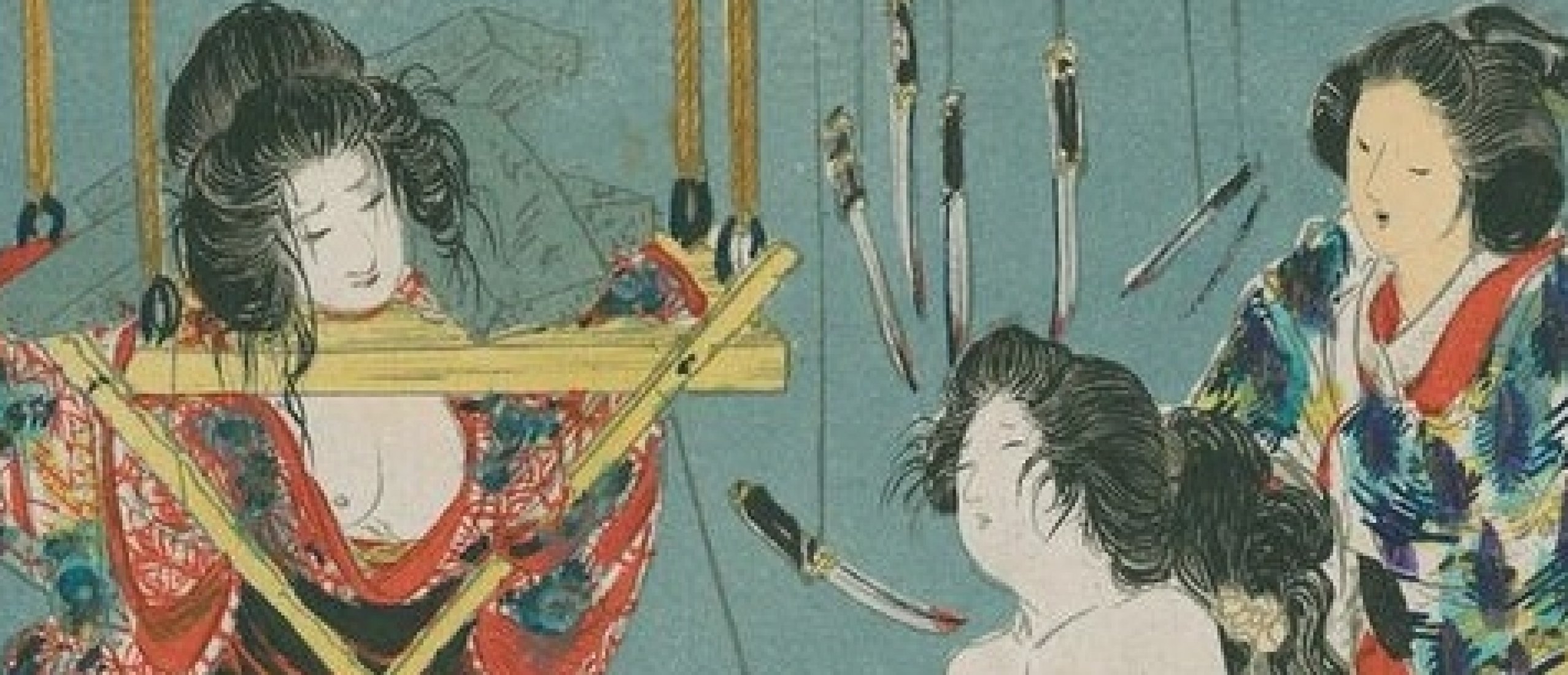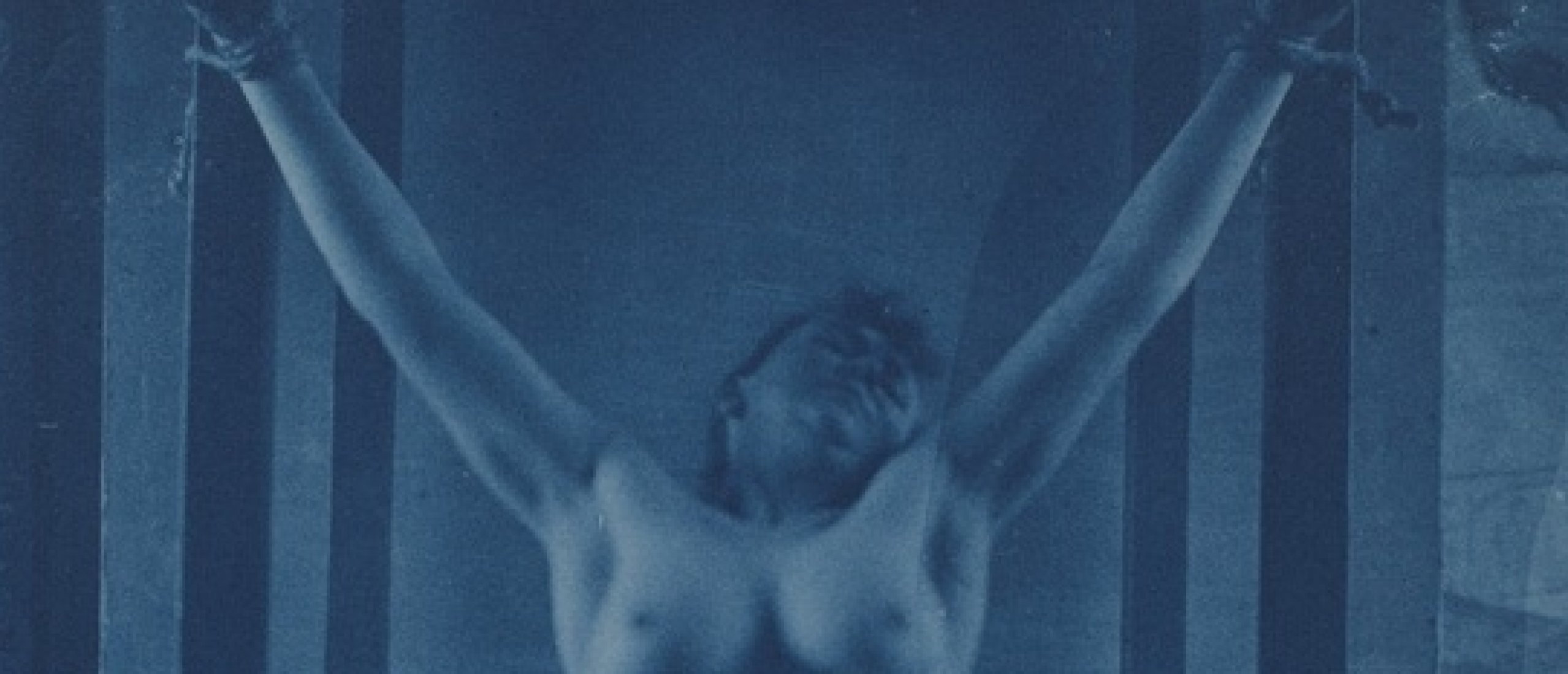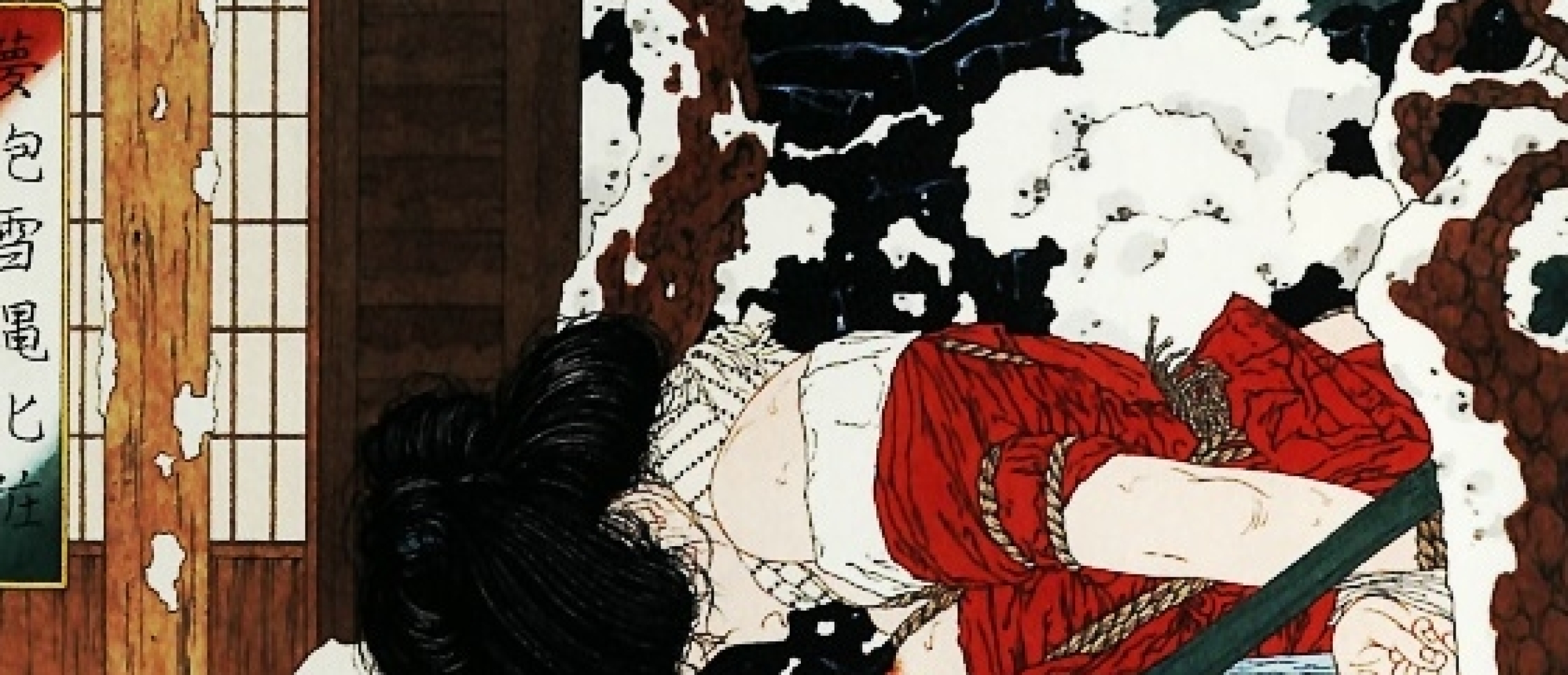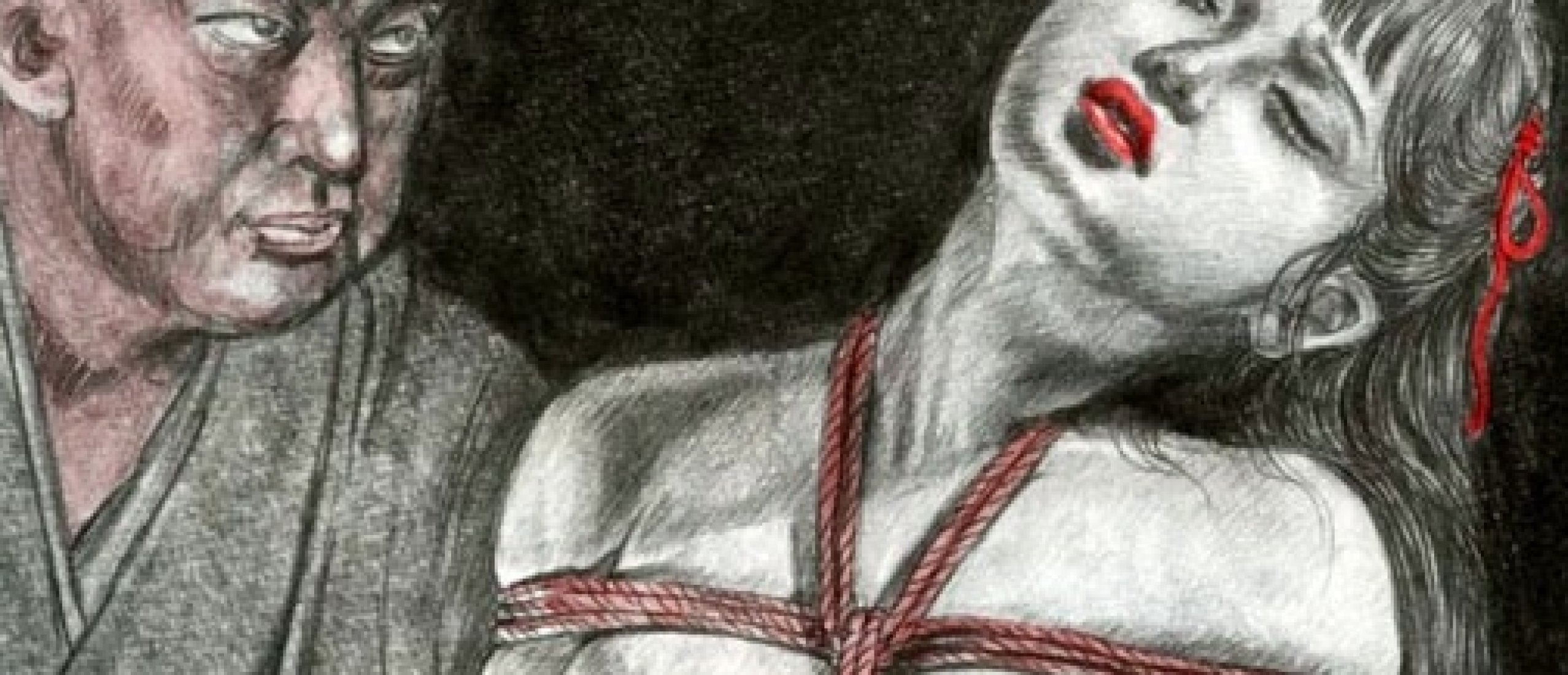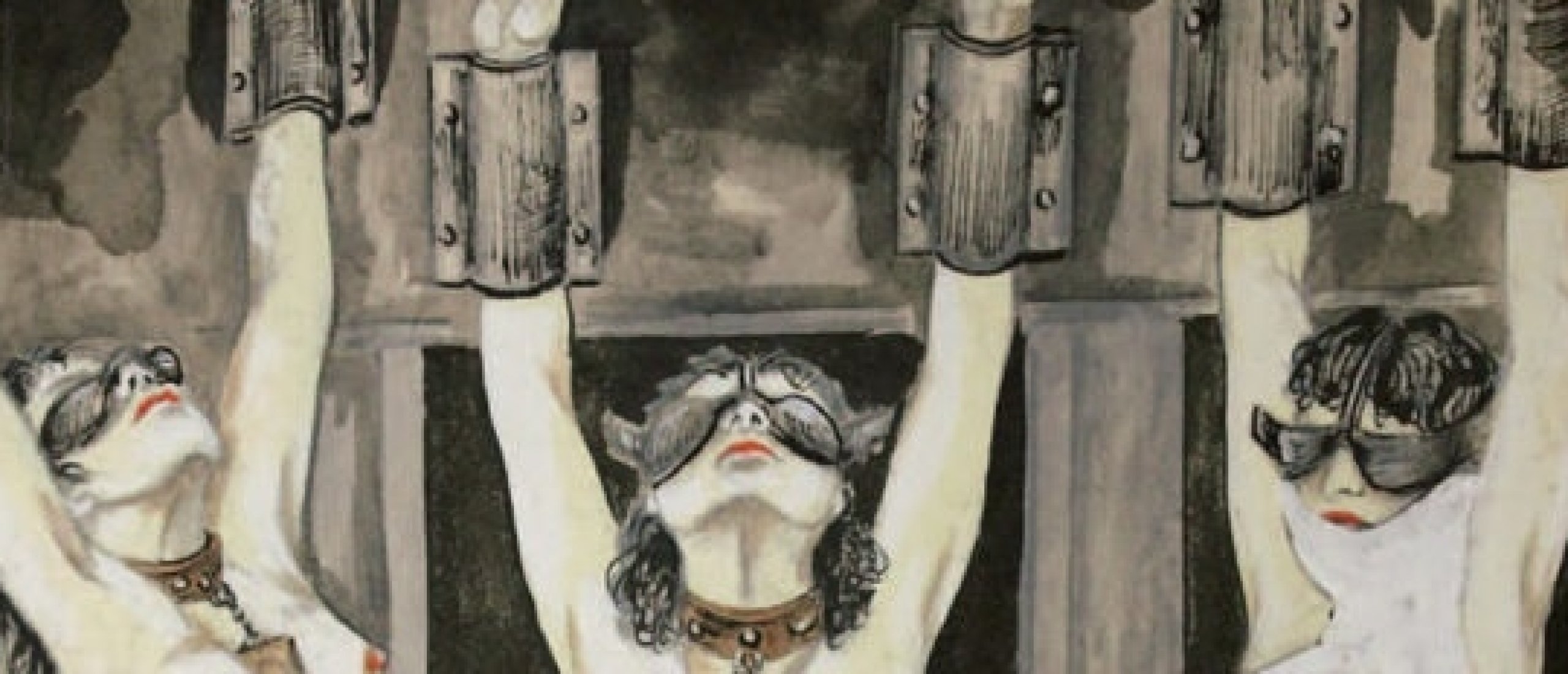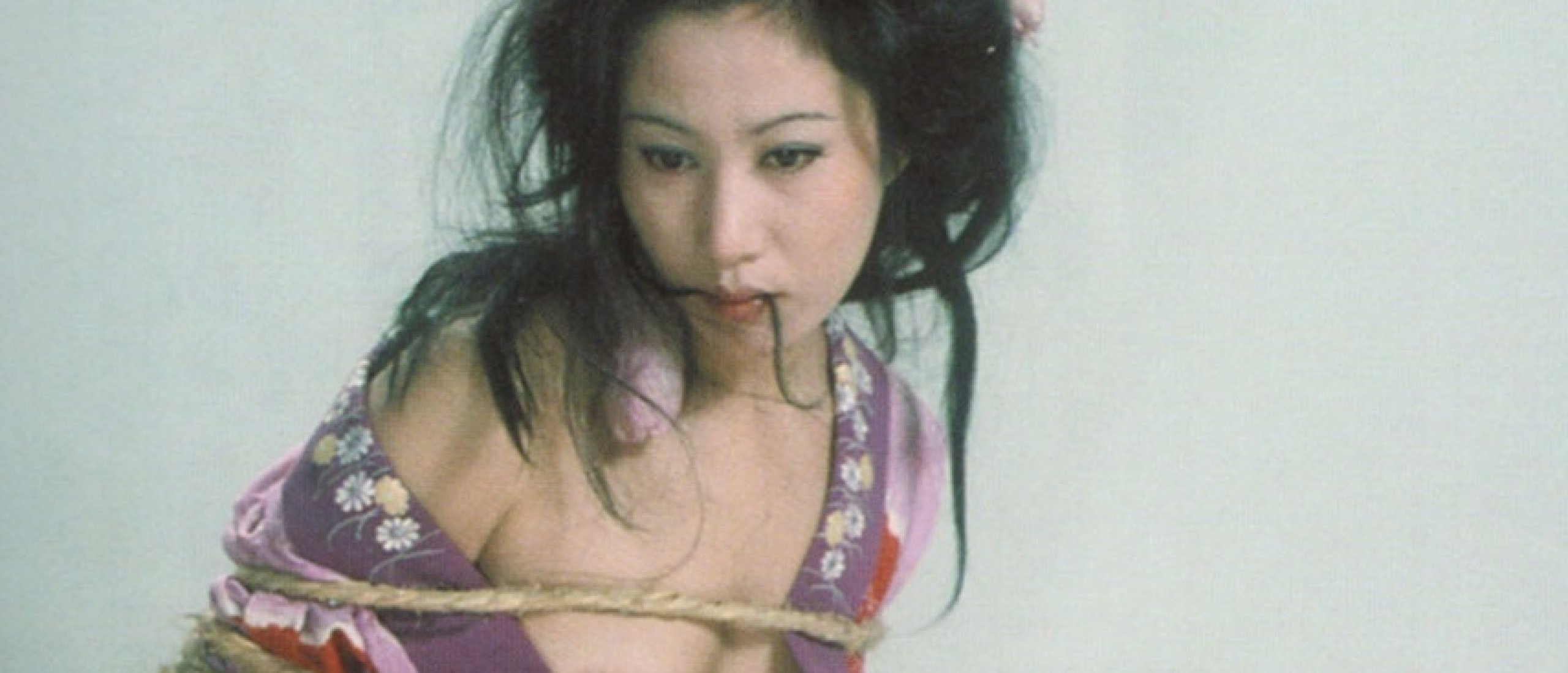
Ito Seiu and Hans Bellmer
The comparison between Ito Seiu and Hans Bellmer, at first, may seem casual. However, the trajectories and choices of these artists reveal decisive similarities, helping us understand how they perceive and represent the human body. This understanding extends to their influence on 20th and 21st-century art. For both Ito Seiu and Hans Bellmer, photography is not a medium to which they passively surrender. Instead, they view the photographic image as an artistic expression capable of mobilizing memories and desires from the past and the imagination.
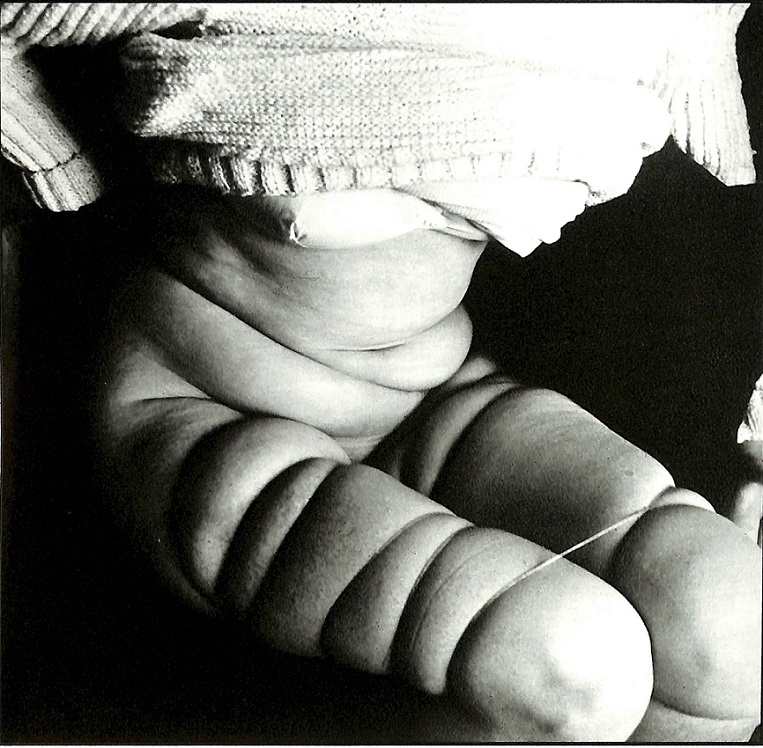
Fig.1. Unica Zürn by Hans Bellmer
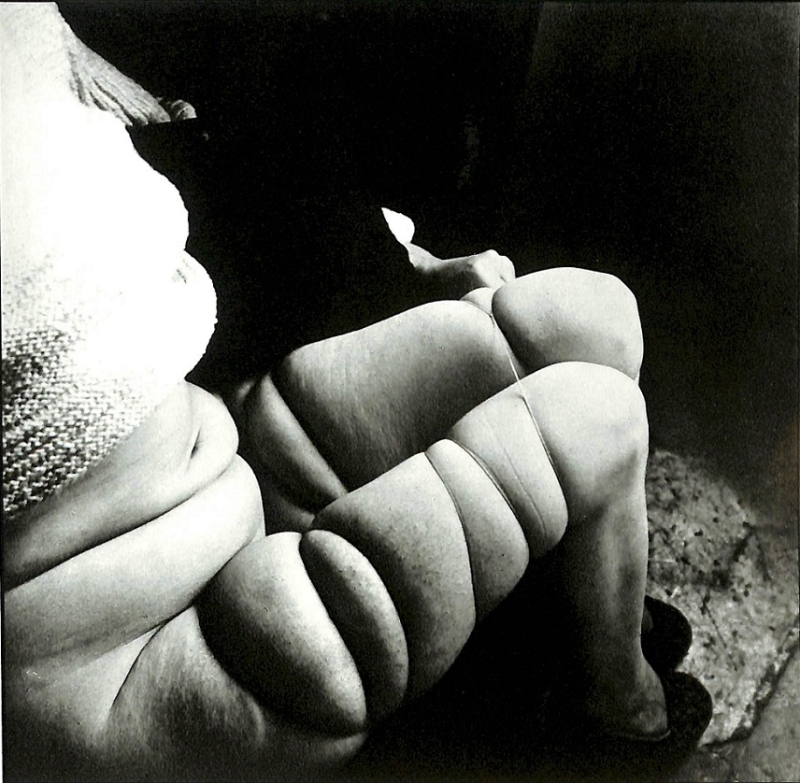
Fig.2. Unica Zürn by Hans Bellmer
Plays Depicting Torture
Just as Hans Bellmer's 1936 photographs of the doll are a convergence of various factors tied to the artist's biography (including a box of childhood toys from his mother, his passion for his cousin Ursula, the ballet "The Tales of Hoffmann," his friendships with Lotte Pritzel and George Grosz), the same can be said about Ito Seiu. For him, the suffering he witnessed as a child in plays depicting torture spurred his discovery of suffering as an essential element of pleasure within the Japanese tradition of hojōjutsu.
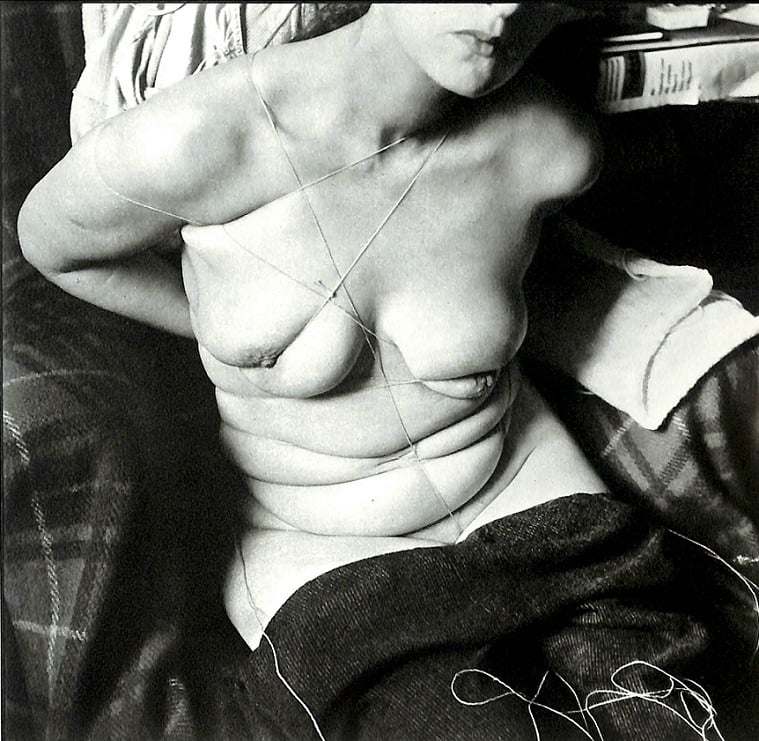
Fig.3. Unica Zürn by Hans Bellmer
Anatomy of the Image
While both artists use photography to recreate reality through drawing and painting, its indexical relationship with reality reveals more than just the process of constructing images. It reveals how each artist conceives and understands their own artistic identity. In the photographs by Ito Seiu and Hans Bellmer, the relationship between the body and the rope marks a tension between order and disorder, the predictable and the unpredictable, as described by the German artist in his text "Anatomy of the Image":
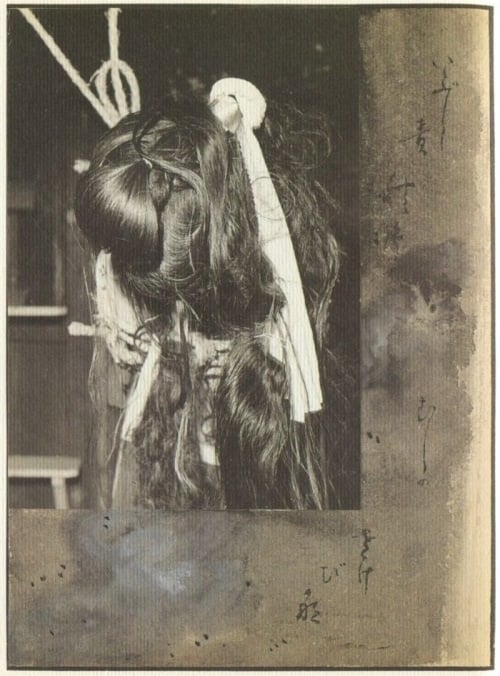
Fig.4. Seme-e no Onna by Ito Seiu
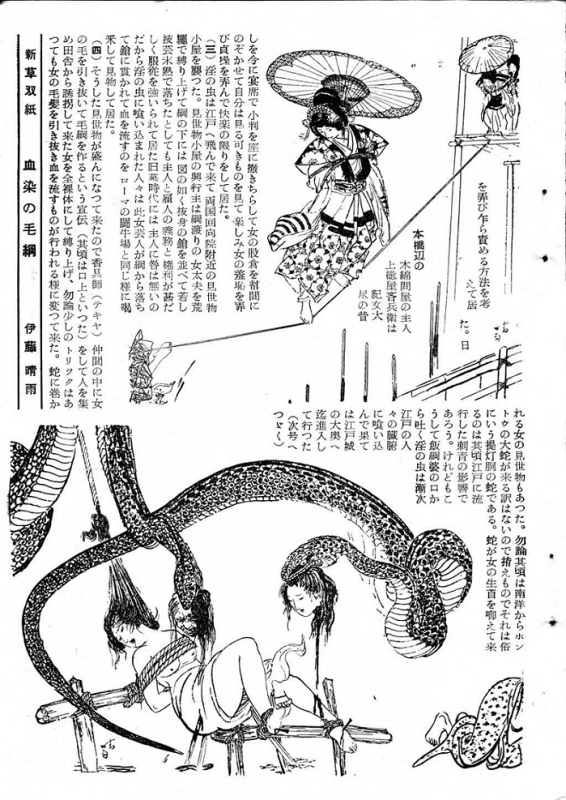
Fig.5. Kitan Club (1955)
Bulges of Flesh
According to memory I have accurately retained of a certain photographic document, a man, to transform his victim, had tightly bound her thighs, shoulders, and breasts with crisscrossed wire haphazardly causing bulges of flesh, irregular spherical triangles, stretching into folds, unsavory lips, multiplying never before seen breasts in outrageous locations.
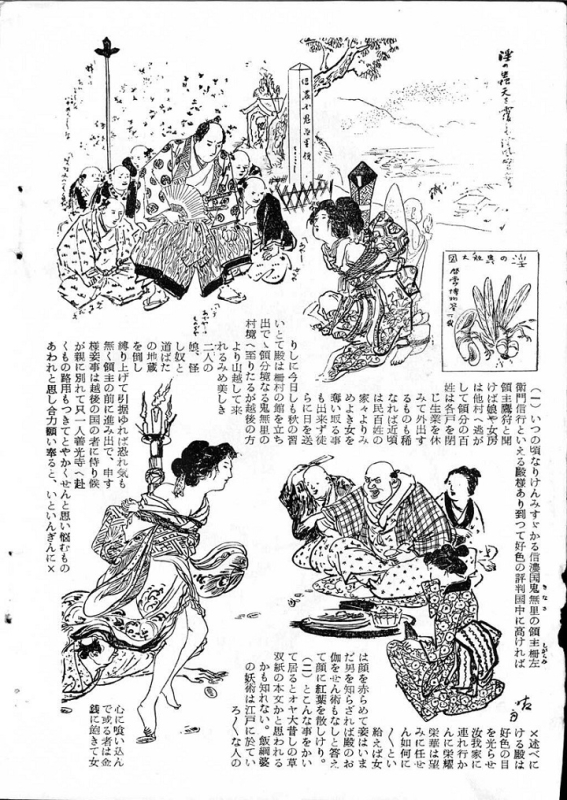
Fig.6. Kitan Club (1955)
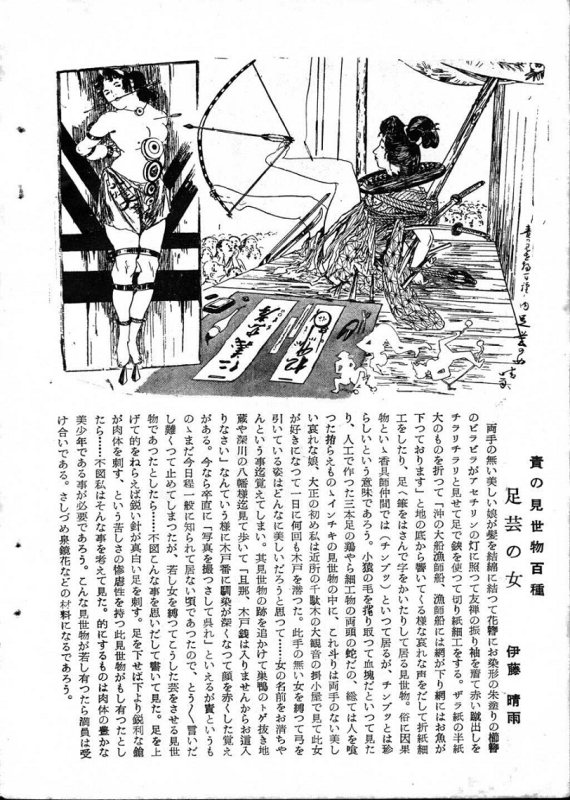
Fig.7. Kitan Club (1955)
Formless Bodies
Such a configuration, oscillating between form and non-form, is also evident in Hans Bellmer's photographs of his companion Unica Zürn in 1958. In both Bellmer and Ito Seiu's photos, the female body appears tied up, but Bellmer's images often exclude the model's head. Notably, Bellmer's photos lack the concept of Komakai present in Ito Seiu's work, as the German artist focuses on seeking unimaginable shapes through the rational process of tying to create formless bodies. Despite differences in how they bind the body, both artists explore the disarticulation of human anatomy, challenging conventions and social impositions. The setting is significant in both Hans Bellmer's and Ito Seiu's photos, as it enhances the viewer's imagination while projecting the social and historical context into the image, creating a theatrical ambiance.
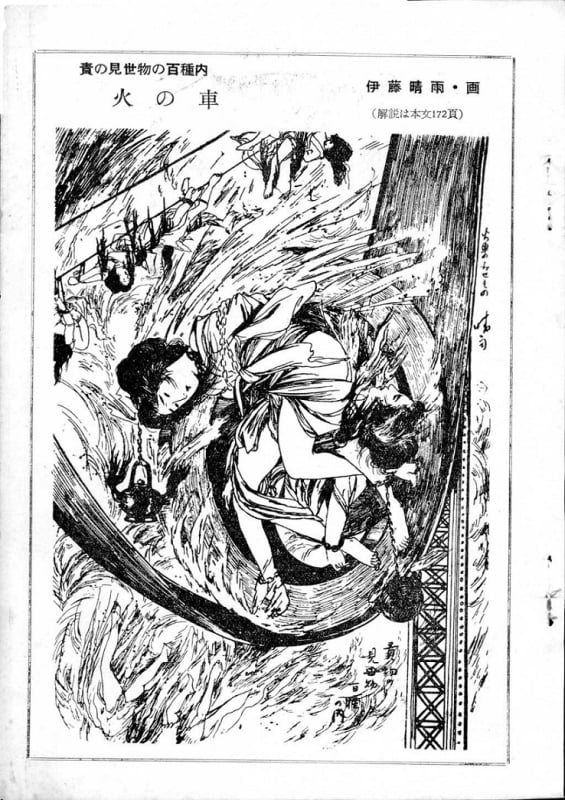
Fig.8. Kitan Club (1955)
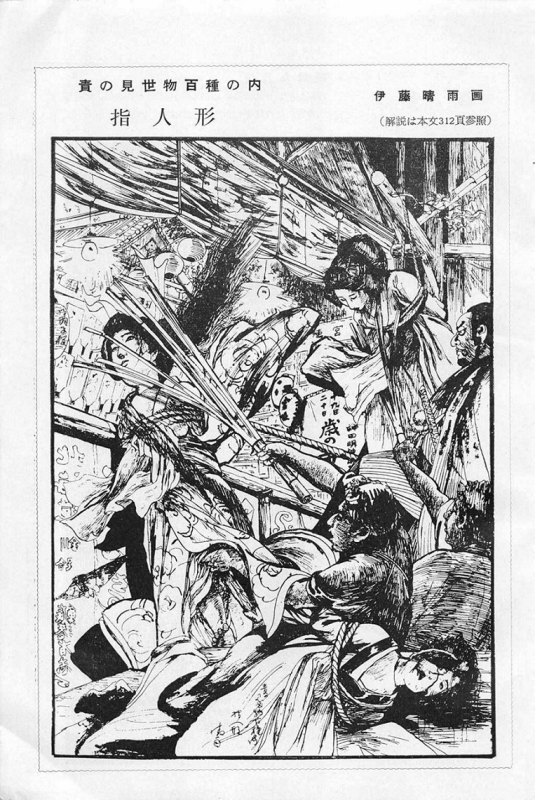
Fig.9. Kitan Club (1955)
Anatomical Harmony
Some of Bellmer's doll photos can be interpreted as parodies, where he manipulates common themes of libertine images of female nudes. Instead of emphasizing anatomical harmony and balance, Bellmer's photos evoke ruin as part of their visuality. In Ito Seiu's images, parody in the form of mitate-e is also present. It's evident how the Japanese artist inserts typical ukyio-e clothes, hairstyles, and poses into contexts where violence points to the decay of the body, revealing the brevity of existence amidst convulsions that blend pleasure and pain.
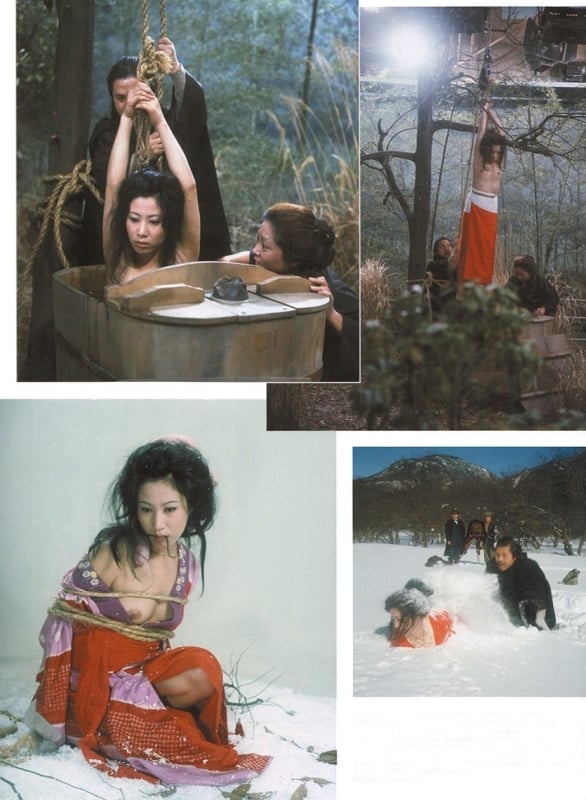
Fig.10. Beautys.Exotic.Dance.Torture. 1977

Fig.11. Beautys.Exotic.Dance.Torture. 1977
Exploration of Pain's Excess
In the works of Bellmer and Seiu, the bound body overflows with an excess of life that blurs with death. The body's nudity becomes a source of incalculable anguish, erasing the boundaries between victim and executioner as pleasure blends with pain. Supported by a project whose end is the very incompleteness of desire, the body is conditioned by a process aimed at the construction of space and time delimited by the extension of the rope. Seeking to be tied up is an exploration of pain's excess, where the body is simultaneously the other and the same, intact and torn apart, resembling a prison that captures more than it can contain, manifesting an impossibility of resolution for a constructed identity. Through the tied-up body, the self dissipates into the other, an entity always beyond reach, where gazes meet, and reality merges with the unseen.
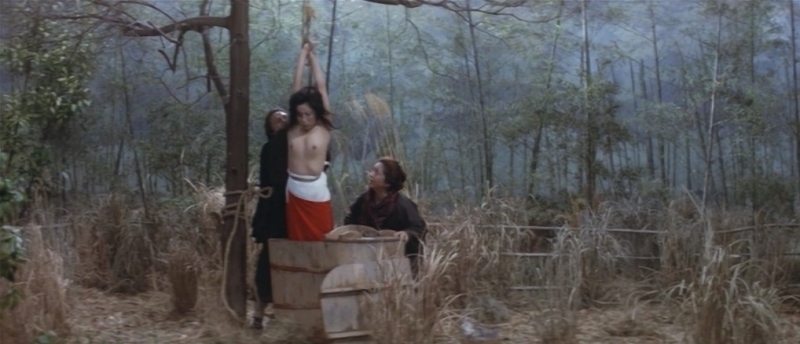
Fig.12 Beautys.Exotic.Dance.Torture. 1977
In the exclusive Premium edition (more than twice as long), you can discover more about Ito Seiu and the art of tying up bodies in cinema. a comprehensive list of important kinbaku (bondage) films including synopsis, more enticing imagery, and much more...
Click HERE for the first part of our aesthetic journey to the aesthetics of Ito Seiu

